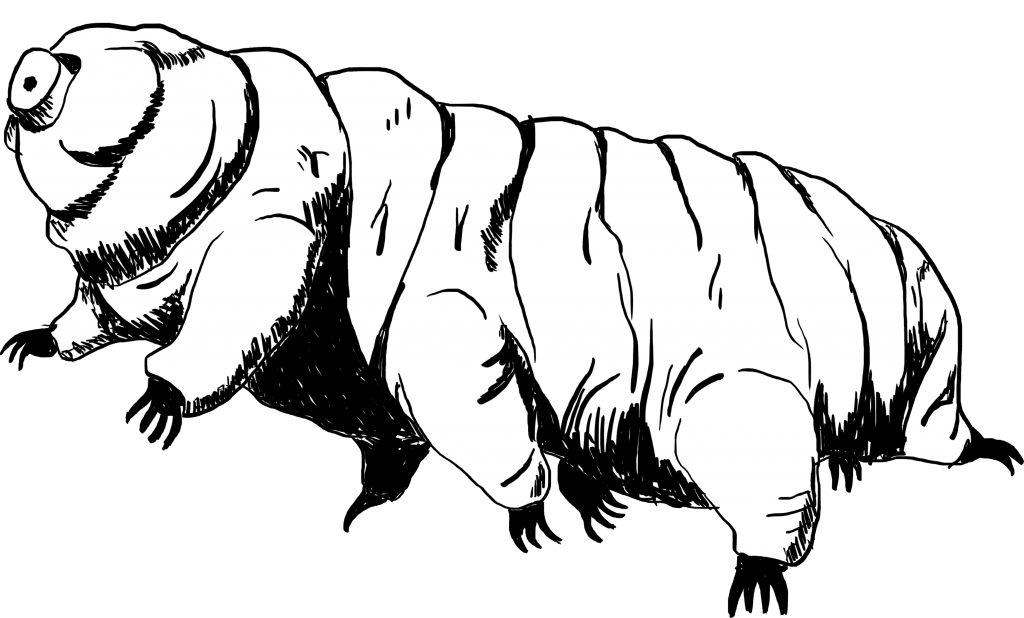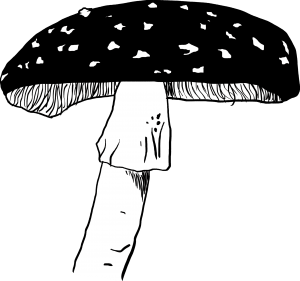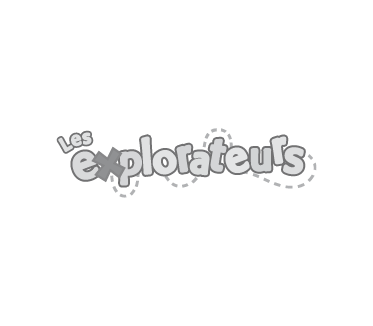Classification, categories and types
Once the project idea has been identified, the classification, category, and type of project must be determined.
Classification
Here are the Science Fairs Classes, depending of your school level.

ELEMENTARY LEVEL
- Juvenile 1 : Elementary level, cycle 1
- Juvenile 2 : Elementary level, cycle 2
- Juvenile 3 : Elementary level, cycle 3
SECONDARY/CEGEP LEVELS
- Junior : secondary 1
- Intermediate : secondary 2 and 3
- Senior : secondary 4 and 5
- Collegial 1 : 1st and 2nd year of a pre-university program
- Collegial 2 : 1st to 3rd year of a technical program, or 3rd year of a Double Dec programs
Note: Collegiate classes 1 & 2 are grouped into one class for judging and prices.
Note that Collegial 2 class – Technical Students and 3rd Year of the Double DEC are not eligible to participate in the Canada-Wide Science Fair. However, they are eligible for the International Science Fair.
Categories
All Science Fair projects are presented according to a classification defined by the Science Fair program.
For each classification, a non-exhaustive list was drawn to guide you in identifying the classification best representing your project’s field of expertise.
Biological and health sciences
- Living organisms
- Nature and properties of living organisms
- Biomedical sciences
- Human biology and physiology
- Microbiology and immunology
- Pharmaceutical sciences and drug development
- Genetics
- Biotechnology
Social sciences and social networks
- Sociology
- Culture
- Information and communications technologies (e.g. social media)
- Human behaviour (psychology, psychoeducation, industrial relations, etc.)
- Demographics
- Education and behavioral studies
Pure sciences
- Physics
- Mathematics and statistics
- Chemistry and chemical engineering
- Astronomy
- Geology and geomorphology
- Geography
Environment and ecosystems
- Environmental resources
- Ecosystems
- Habitat biodiversity
- Natural resources and sustainable development (e.g.: agribusiness, energy, etc.)
- Energy sources and forms
Engineering, computer science, robotics applications
- Computer engineering and software
- Mechanical engineering
- Electrical engineering
- Civil engineering
- Aerospace engineering
- Building engineering
- Industrial engineering
- Construction engineering
- Software development
- Electronic and computer system development
- WEB development
- Programming
- Computer security
- Video games
- Artificial intelligence
- Robotics (design, manufacture and use of robots)

Project type
The type of Science Fair project refers to how you will deal with your subject. There are three approaches:
Experimentation
To experiment is to discover new ways of doing things or to improve those that already exist. It’s trying to prove an idea or help to understand the purpose of a reality.
Design
To conceive is to realize a technique, a model, a method, a device, a product or a software; or improve the capabilities and functions of a device, software or product.
Study
To vulgarize is first to study a subject in depth using several sources of information. It is then to make the technical and scientific knowledge accessible to the general public.
In the “Tools” sections, you will find all the information you need to clearly distinguish the project types.








